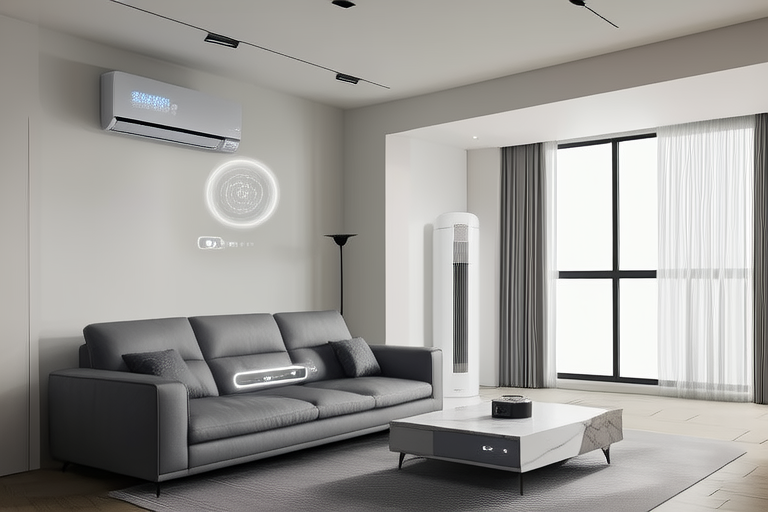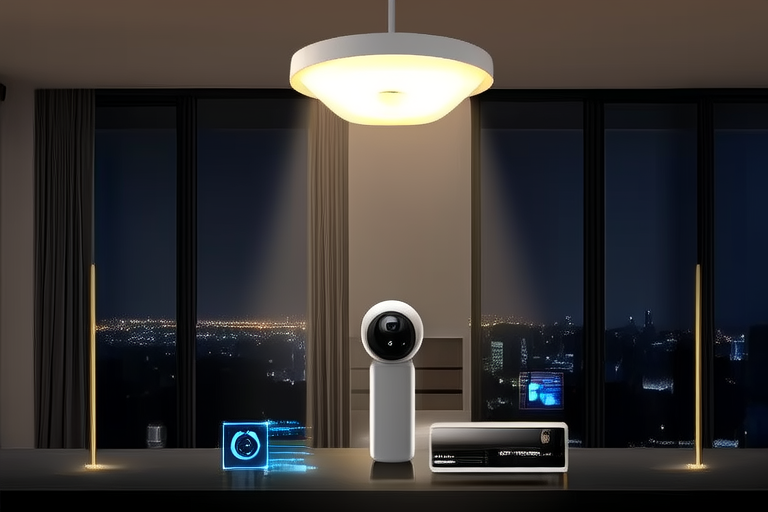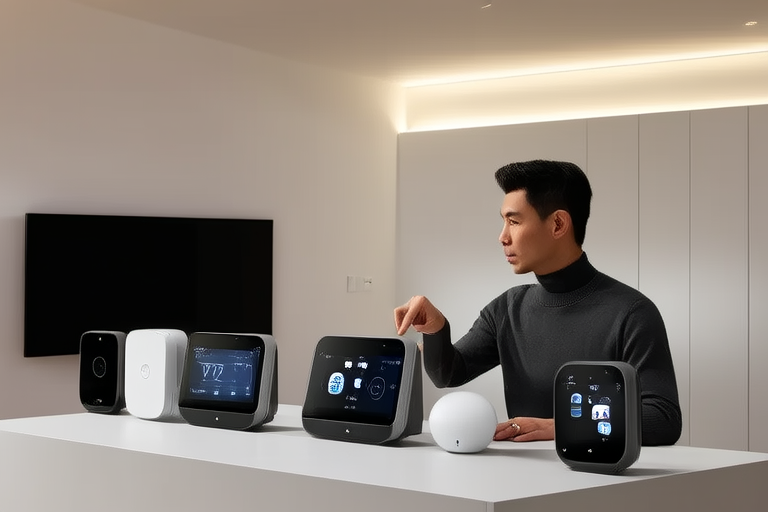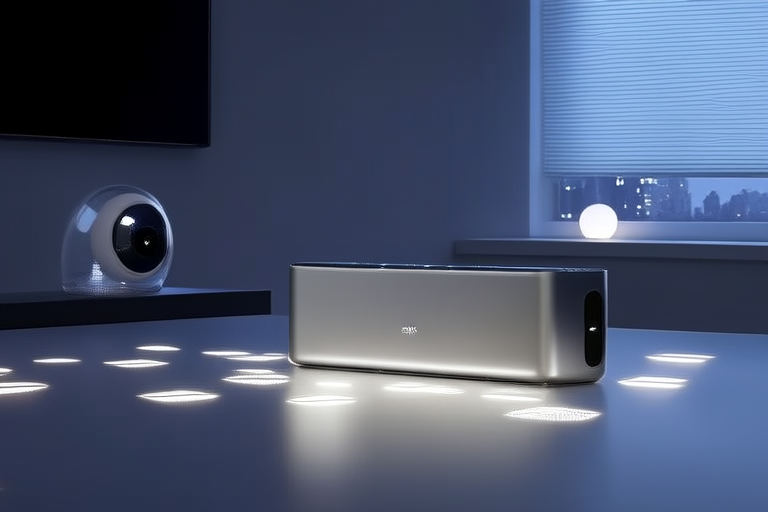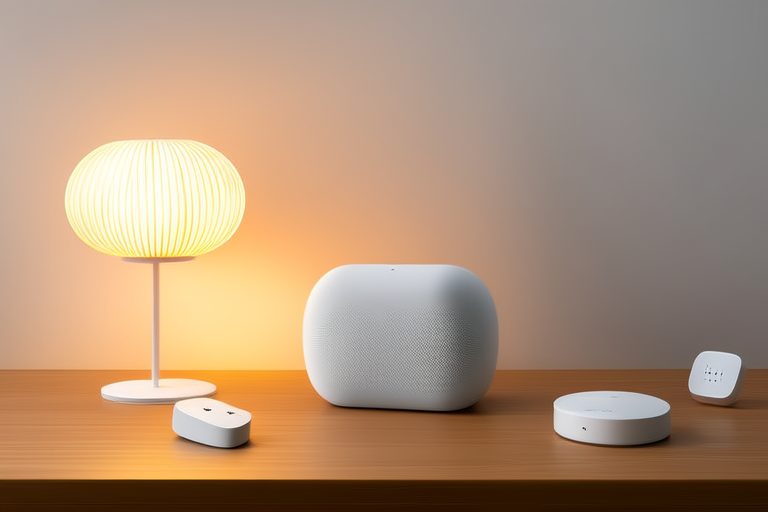Energy Efficiency Meets Comfort: Optimizing Your Home with Smart Tech
Introduction
The world of smart home technology is rapidly evolving, offering homeowners new ways to enhance both energy efficiency and comfort. Smart home devices range from simple gadgets like smart bulbs to more complex systems like automated thermostats and security cameras. The key challenge for homeowners is finding the right balance between saving energy and maintaining a comfortable living environment.
In this article, we’ll explore how smart home technology can help you achieve that balance. We’ll discuss the basics of energy efficiency, highlight specific devices that can make a significant difference, and provide practical tips for integrating these technologies into your home.
From lighting systems to entertainment solutions, smart home technology can be applied in various areas of your home to maximize both energy savings and comfort. Let’s dive into how you can get started.
Understanding Energy Efficiency
Energy efficiency refers to the practice of using less energy to perform the same tasks. In simpler terms, it means doing more with less. By improving energy efficiency, you can significantly reduce your utility bills and lower your carbon footprint.
However, many homeowners struggle with improving energy efficiency due to factors such as high upfront costs, lack of knowledge about available technologies, and difficulty in measuring actual savings. This is where smart home technology comes in, offering innovative solutions that can address these challenges.
Smart Home Devices for Energy Efficiency
Lighting Systems
Smart bulbs and dimmers are some of the most popular smart home devices. These devices allow you to control the brightness and color of your lights remotely, which can help you save energy by only using as much light as needed. Many smart bulbs also come with motion sensors and timers, further enhancing energy savings.
Thermostats
Programmable and learning thermostats are another excellent example of smart home technology. Programmable thermostats allow you to set specific temperatures for different times of the day, while learning thermostats adapt to your preferences over time. Both types of thermostats can help you save energy by adjusting the temperature based on occupancy and weather conditions.
Appliances
Smart refrigerators, washing machines, and dishwashers are becoming increasingly common in modern homes. These appliances come equipped with features like remote control and scheduling, allowing you to optimize their energy use. For example, you can schedule your dishwasher to run during off-peak hours when electricity rates are lower.
Enhancing Comfort with Smart Tech
Automated Lighting
Smart lighting systems can create ambiance and improve mood by adjusting the color and brightness of your lights. You can integrate smart lighting with voice assistants like Amazon Alexa or Google Assistant for hands-free control, making it easier to manage your home’s lighting from anywhere.
Security Systems
Smart locks, cameras, and alarm systems offer enhanced security for your home. These devices allow you to monitor your home remotely and receive alerts when unusual activity is detected. Remote monitoring and alerts can give you peace of mind, knowing that your home is secure even when you’re away.
Entertainment Solutions
Smart speakers, TVs, and streaming devices can enhance your entertainment experience. When integrated with other smart home systems, they can provide a seamless experience, allowing you to control everything from one central hub. For example, you can control your lights, thermostat, and entertainment system all through your voice assistant.
Integration and Compatibility
When selecting smart home devices, it’s essential to choose products that are compatible with each other. Popular platforms like Google Assistant, Amazon Alexa, and Apple HomeKit offer ecosystems that can help you integrate various devices seamlessly. Before purchasing, ensure that the devices you choose are compatible with your chosen platform.
Additionally, consider investing in a smart home hub that can connect all your devices. A hub acts as the central controller for your smart home, allowing you to manage everything from one interface. This can simplify the process of setting up and controlling your smart home devices.
Cost Considerations
The upfront cost of smart home technology can be a deterrent for some homeowners. However, the potential long-term savings can outweigh the initial investment. Smart devices can help you reduce your energy consumption, leading to lower utility bills over time.
Many governments and utility companies offer incentives and rebates for energy-efficient upgrades. Check with your local government and utility provider to see what programs are available in your area. Additionally, there are budget-friendly options for those who want to start small, such as individual smart bulbs or a single smart thermostat.
Conclusion
By incorporating smart home technology, you can effectively balance energy efficiency and comfort in your home. From lighting systems to entertainment solutions, there are numerous ways to optimize your home’s performance and enhance your daily life.
Consider starting small and gradually implementing smart home solutions. Over time, you’ll notice the benefits of increased energy savings and improved comfort. Whether you’re looking to reduce your environmental impact or simply enjoy a more convenient lifestyle, smart home technology offers valuable solutions.
We encourage you to explore the possibilities and start integrating smart home technology into your own home today.
